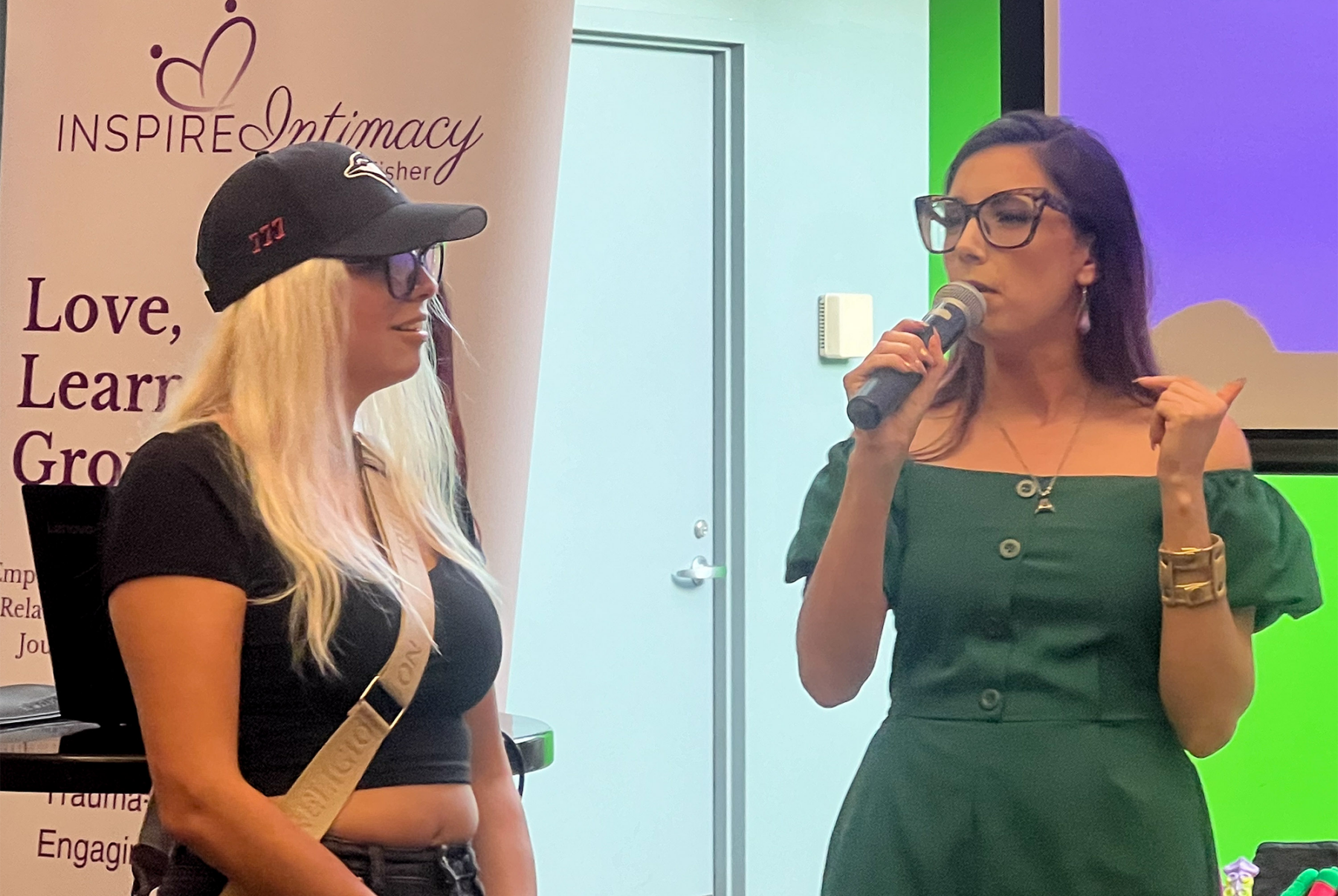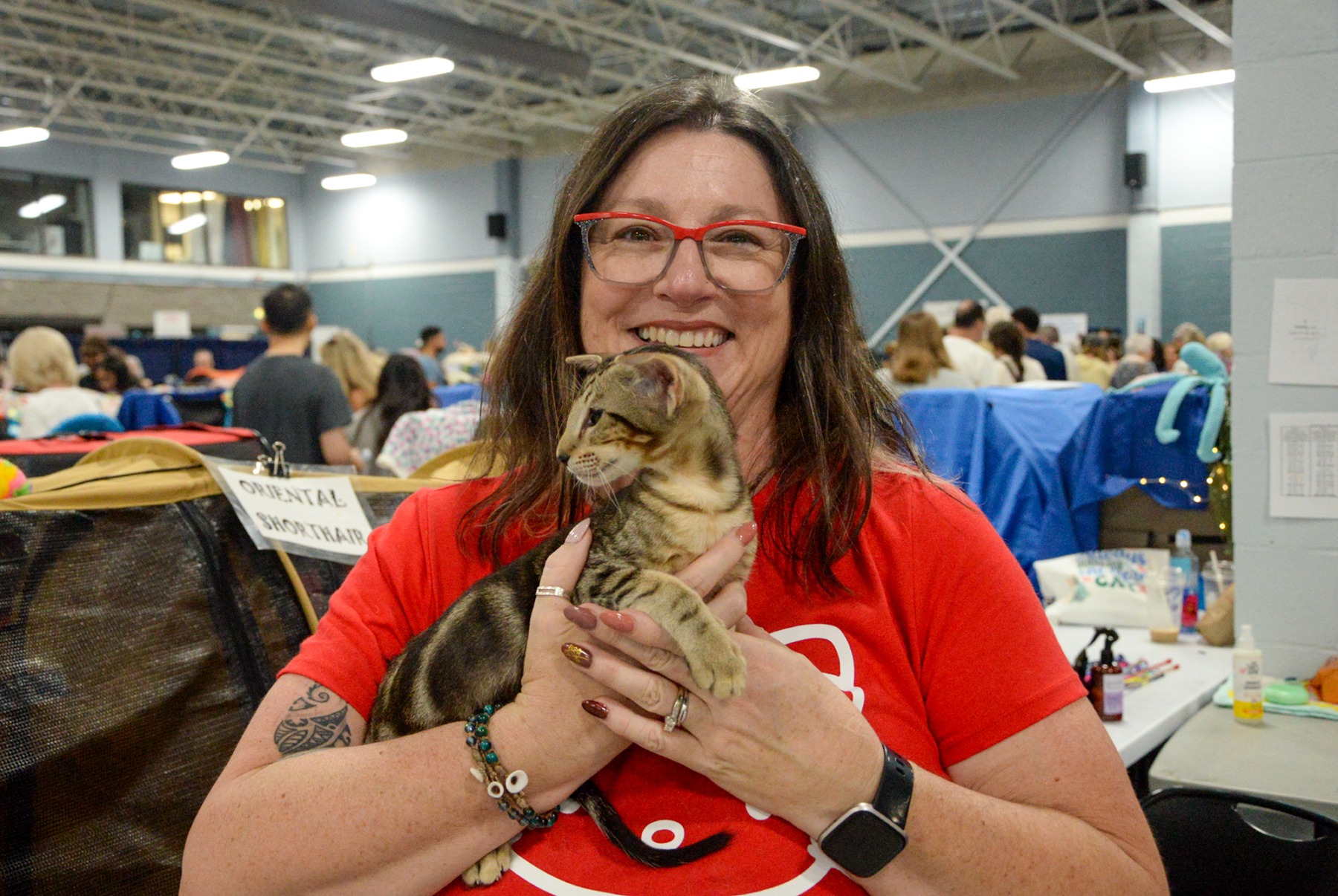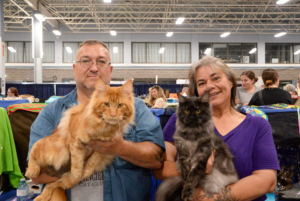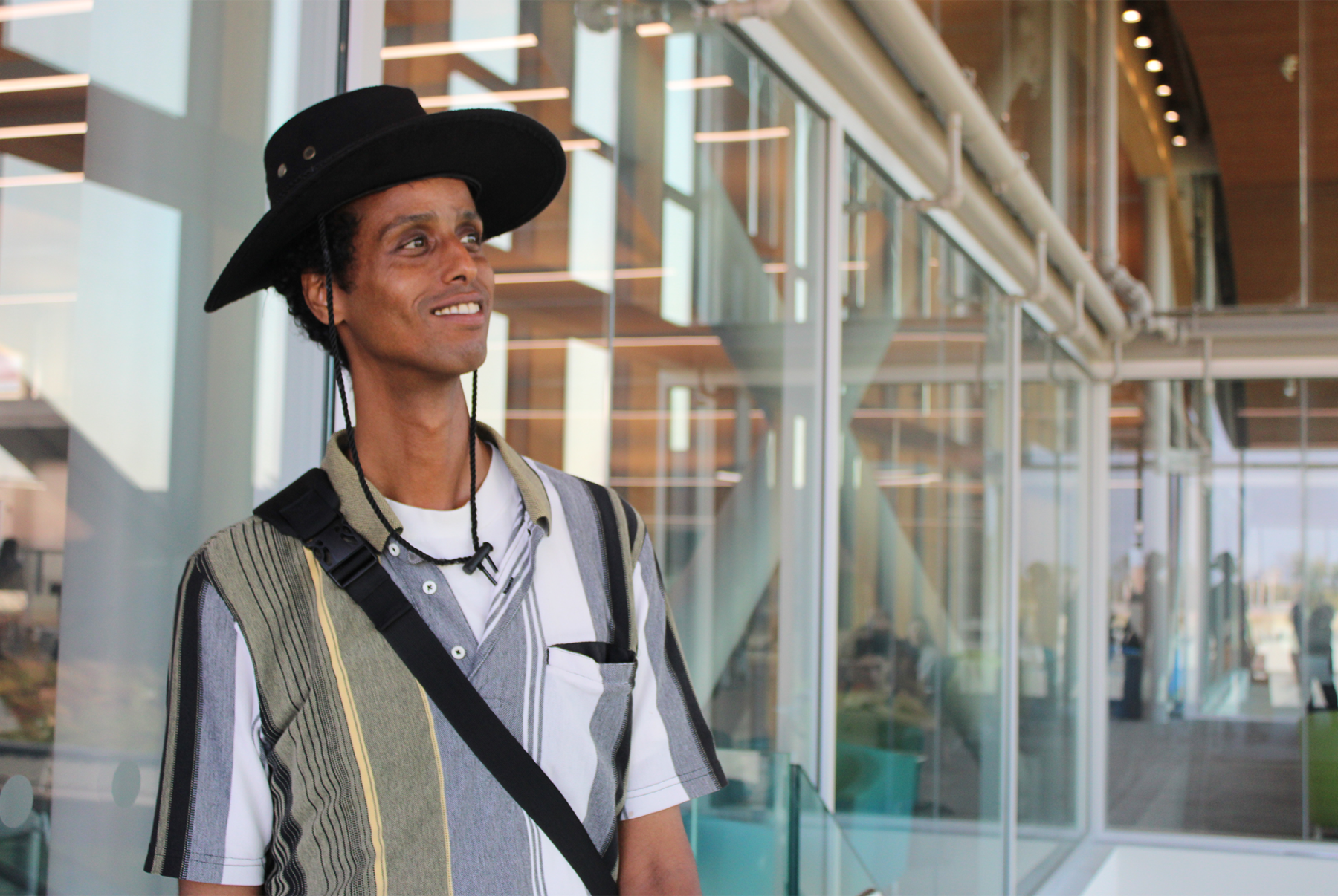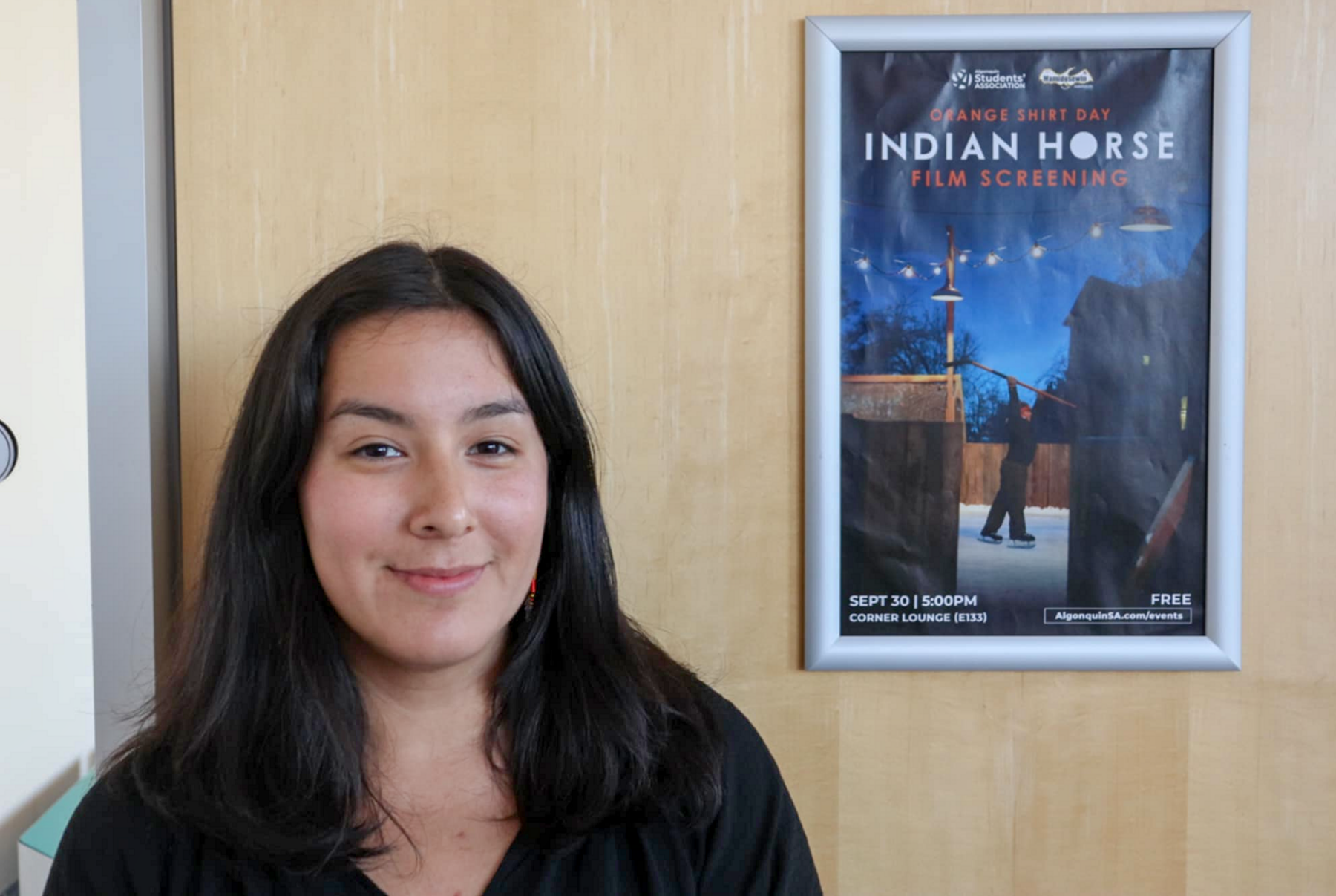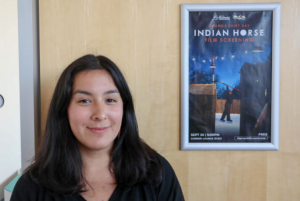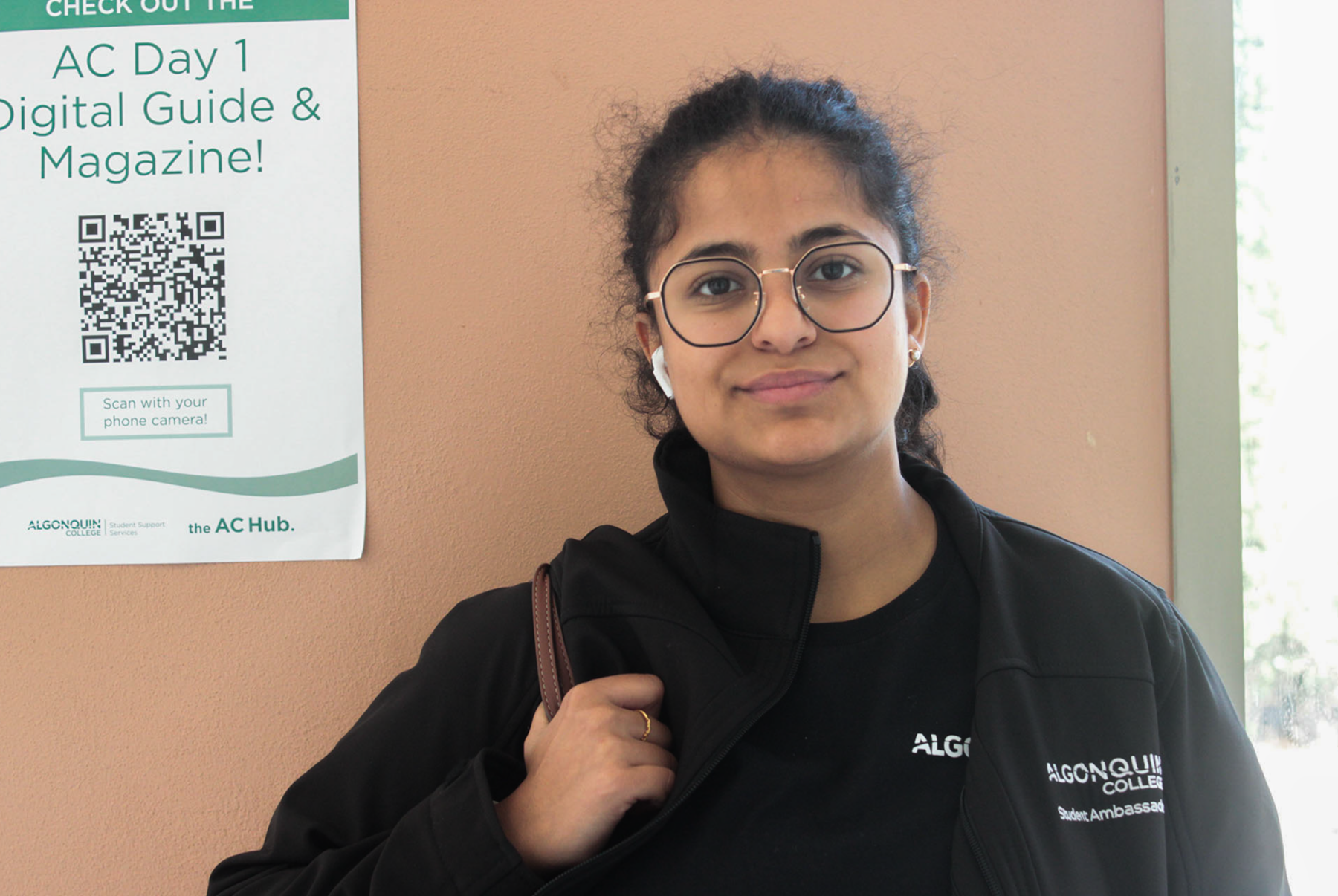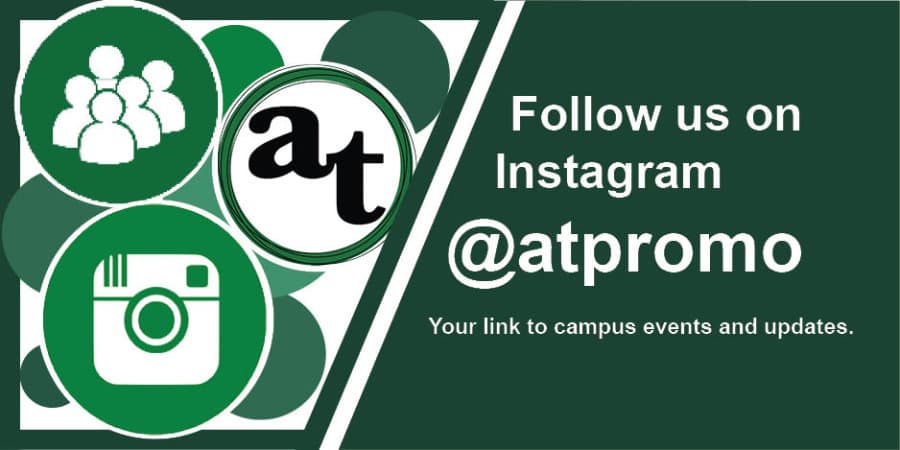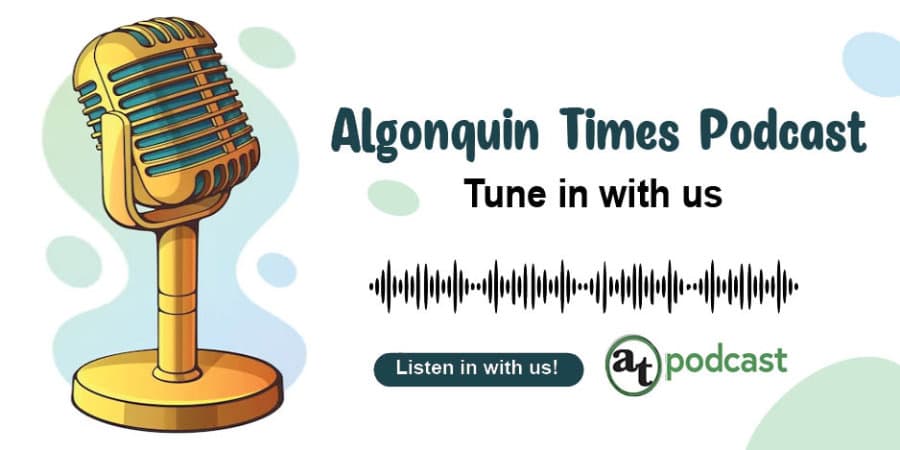AC community cautiously optimistic for new child care funding approach
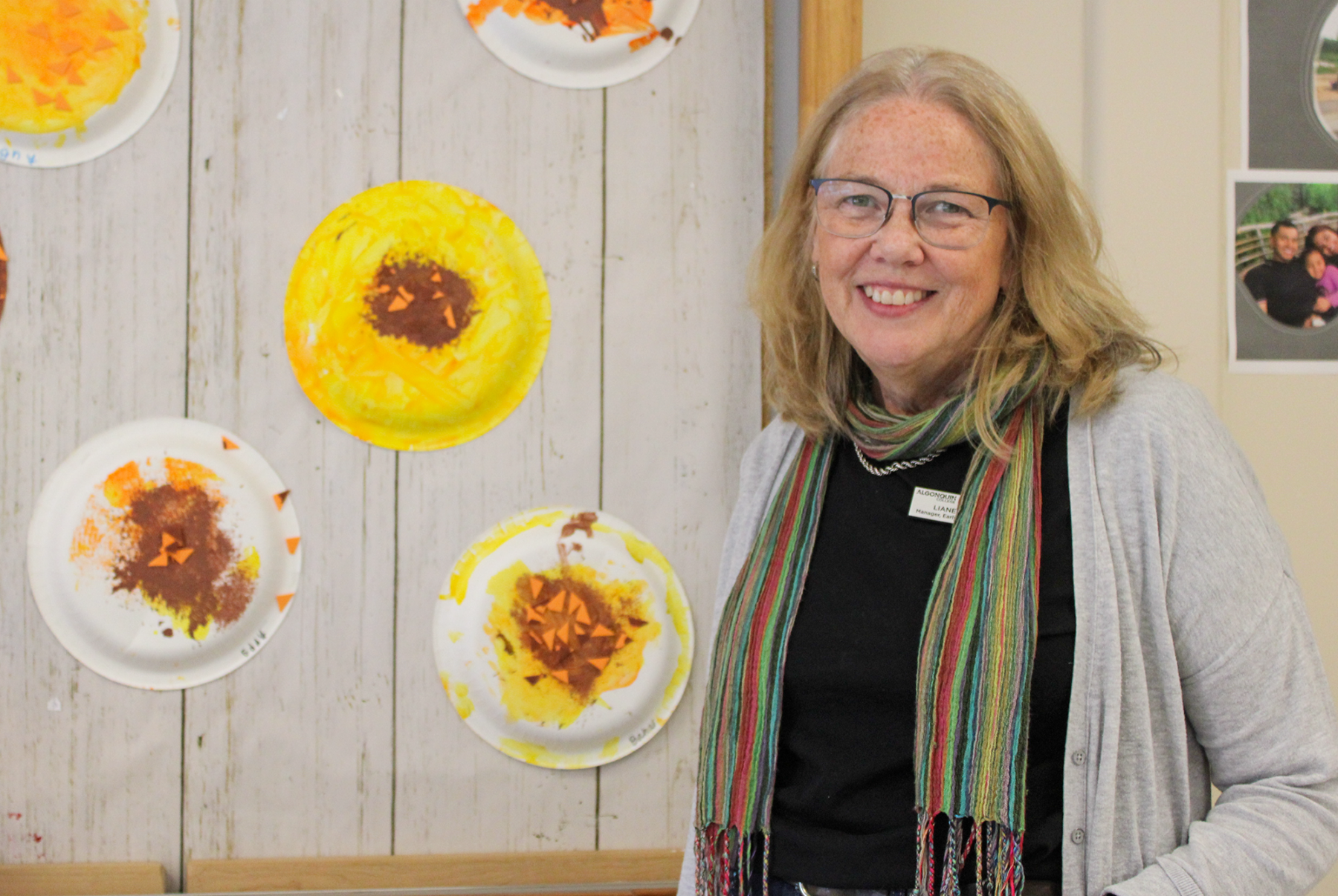
Upcoming changes to the Canada-wide Early Learning and Child Care funding has left Algonquin College students and staff affiliated with early learning programs feeling hopeful.
At the start of 2025, a new cost-based funding will be implemented for all child care centres in CWELCC, according to the Ontario government. This new funding program will try and address some of the concerns child care centres have been expressing, such as the cost of upkeep.
“I have heard of a lot of centres struggling to keep up with the cost of groceries, materials and even rent for their own daycares, which cannot be happening,” said Jasmine Brȗlé-Fitzgerald, a Level 2 student in the intensive early childhood education program.
The new cost-based funding acknowledges that costs have been going up and will provide financial sustainability to child care centres, according to the Ontario government.
“All I can do is hope,” said Brȗlé-Fitzgerald. “If it doesn’t go to help and support those needs, then where else would it (the new funding) go?”
Another big issue: the labour shortage.
One of the goals of CWELCC is to open 250,000 child care spaces, 86,000 of which will be located in Ontario. However, according to the Ontario government, if they hope to meet this goal, they will need 8,500 additional registered early childhood educators (RECE).
Hoping to encourage more people to become RECEs, and retain staff, the Ontario government increased the minimum wage for RECEs to $23.86 an hour.
However, Brȗlé-Fitzgerald said the pay is still not enough.
Chauncy Gonzague agrees.
Gonzague is a third-year student in the early learning and community development program and has worked in seven daycares over her career in child care. Gonzague said pay needs to increase, but the government also needs to do more to prevent burn out.

“(The government should) provide more resources for educators to be able to have a paid vacation without it being a burden,” said Gonzague.
However, Gonzague said that overall, CWELCC is a good thing.
“It is really good because daycare is expensive,” said Gonzague. “Some people genuinely cannot afford it and it (CWELCC) would be an amazing implementation.”
Liane Gallop is the manager of the Early Learning Centre, which is located in the K-building on Algonquin College’s Woodroffe campus. Gallop said while there are definitely some bumps, CWELCC overall has been a good thing for child care centres and for parents.
Gallop has been working in child care for over 30 years and said she has gone through cycles of frustration because the field is undervalued, underfunded and understaffed.
“For me, this is a huge positive step. I know that it is going through growing pains and challenges in terms of meeting the sector,” said Gallop. “Just from the policies, the staffing and the ratios, there are so many things that need to be addressed.”
One of the positives has been professional development days. Before CWELCC, Gallop said the staff at her centre would only be able to do any professional development if they did so after hours. With the CWELCC funding, Gallop and her staff have been able to close the centre for a day, without losing pay, to do professional development.
“So far we’ve been able to make it work here,” said Gallop. “The professional development, the wage enhancements for RECEs and the lower cost for families…it’s massive.”

